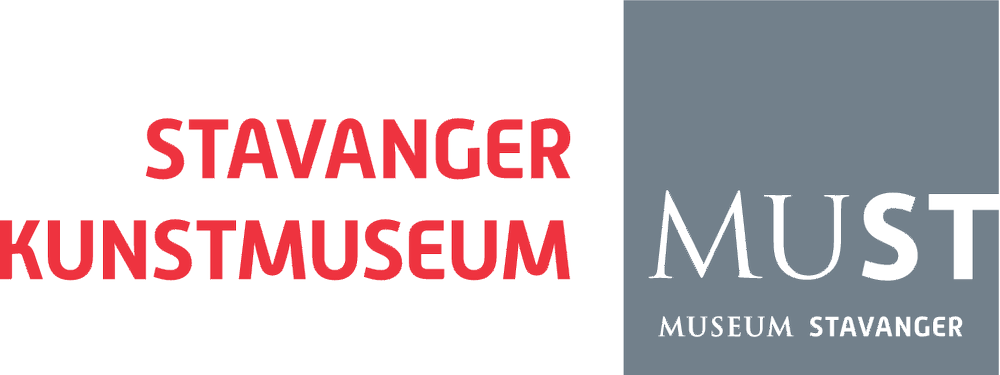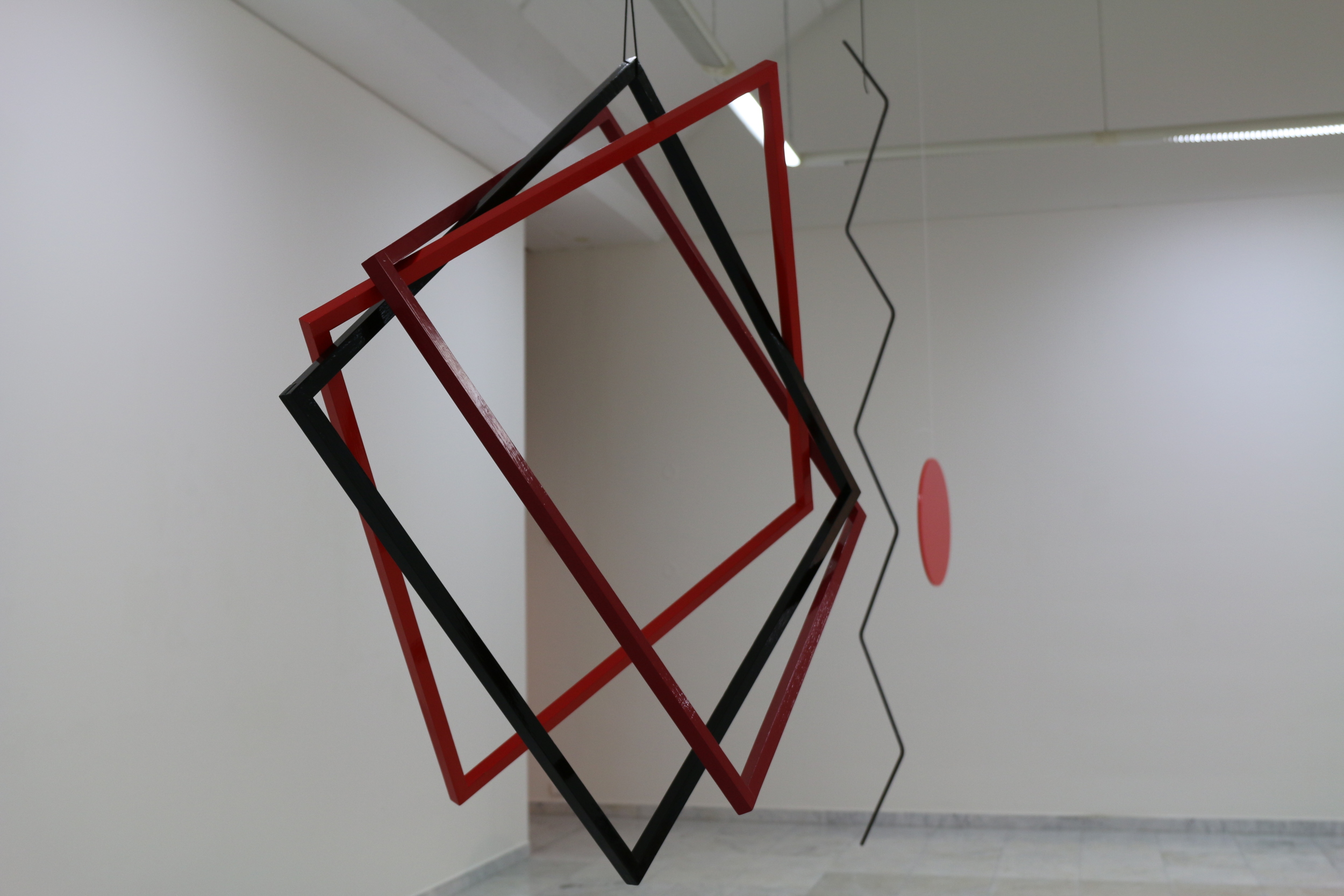Camilla Løw
Born 1976, Oslo. Lives and works in Oslo.
Camilla Løw’s sculptures continue to develop several currents dating back to 20th Century formalistic Modernism: Constructivism and De Stijl, but also 1960s Minimalism. Her focus is on geometric forms, repetition, construction and simplification. She uses basic forms such as the cube, the circle, the diagonal and the triangle, all painted in clear primary colours. Several of her sculptures are made from industrial materials such as Plexiglas, steel, wood, cement and steel wire, all of which imbue her sculptures with a minimalist expression.
Several of Løw’s works share much in common with those of Russian constructivists from the early 1900s, in particular we think of the radical ideas about art as expressed in works by El Lissitzky, Aleksander Rodchenko and Vladimir Tatlin. These constructivists sought a radical break with bourgeois art. Their strategies for accomplishing this included geometrical simplification, creating sculptures with string, to place sculptures directly on the floor rather than on plinths, even to hang them from the ceiling or lean them against walls. Yet another strategy was to blur the boundaries between the different art forms and to try to make architecture, theatre, literature and visual art fuse together. Løw appears to perpetuate and build on these constructivist ideals, for her works explore the boundary between art and society. She finds inspiration in many different sources: art theory, architecture, poetry, design and music, but also in typography and fashion – all disciplines that influence us and our surroundings.
Løw’s sculptures are closely related to the human body. Several of them are built using standardized 30 x 30 cement blocks (they were made with the intention that they can be moved about by the artist herself). The format also has a popular-cultural association to the standard format of vinyl records. Løw uses minimalist strategies in many ways, for instance as pure, geometric forms made in industrial materials and combined into non-hierarchical systems. The use of modules and standardized forms has a strong affinity with Donald Judd’s sculptural principles, as seen in his Specific Objects from 1965. To make these works, Judd emphasized a material’s specific character and did not manipulate it with his own hands in any way. The Specific Objects were constructed according to the principle of ‘one thing after another’. Stacked and repeated in innumerable variations, Løw’s cubes can also remind us of Constantin Brancusi’s commemorative war monument The Endless Column (1938), which consists of standardized rhomboidal modules, stacked vertically to a phenomenal height, in an ‘endless’ row.
For the exhibition NN-A NN-A NN-A, Løw has created a new sculptural composition with colourful Plexiglas. Her characteristic totem pole-like geometric formations are here combined into a site-specific installation which she has created intuitively, whilst working in the gallery space. The sculptures’ formats are inspired by human dimensions and are seen by the artist as figures that generate discussions between themselves, almost like a stage-play. Several of Løw’s earlier works have female names such as Annalisa, Diva, Donna and Ramons – names lending a personal and feminine quality to an aesthetic which many people traditionally associate with a masculine artistic practice.
Tekst by: Ida Sannes Hansen


